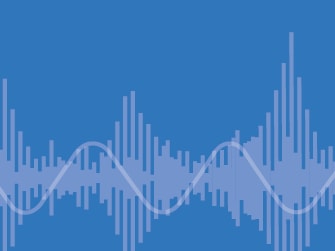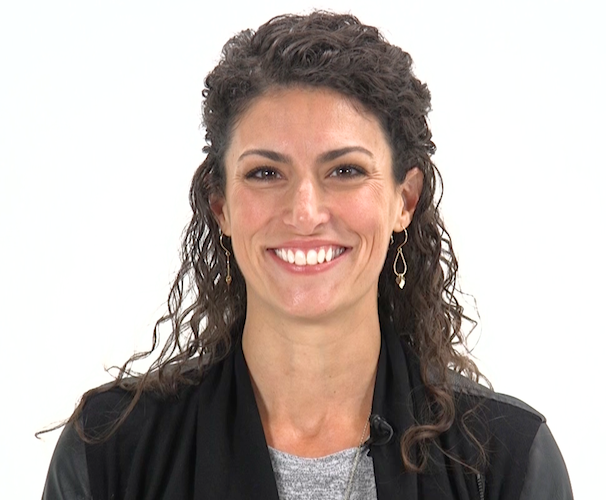What's the Buzz All About: Troubleshooting Resonant Voice Therapy
January 31, 2018
5 min. read

What is Resonant Voice Therapy?
Resonant voice therapy is described as a pattern of voice use with oral vibratory sensations during easy voicing.1 Therefore, the primary goal of resonant voice therapy is to achieve balanced oral-nasal resonance in an easy fashion to ultimately address a patients voice complaints. This generally means that the patient feels buzz or vibration in the front of the mouth and/or facial structures (lips, nose, nasal bridge, roof of the mouth, mask or front of the face).
What happens when the patient cant feel the buzz? This is a common question from speech-language pathologists providing voice therapy and an even more common question from patients, along with, what do you mean buzz?, how do I feel my voice?, and I cant feel buzz.This is where the troubleshooting begins.
What Do You Hear?
Listening to the patient can come in two forms. As SLPs, we use ongoing auditory-perceptual assessment to inform our cues to the patient and guide them to experience a resonant voice. This may be completed in a formalized fashion using an auditory-perceptual tool such as the CAPE-Vor a more informal fashion with less structure.2
We also listen to the patient by asking about their experience during voicing. Where do they feel the sound? Is it in the throat or in the mouth? As clinicians, what we hear and what the patient tells us continually guides our decision-making. It is important for the clinician to develop skill in both areas. Below are a few guidelines to get started.
Listen to the Vocal Signal
Where do you, the clinician, hear the patients sound resonating? Where is the primary energy of the sound signal? Is it in the front of the mouth, in the throat, or somewhere in between? Listening to the patients sound production gives us insight into how to cue the patient to make vocal change. If the sound is in the throat or back of the mouth, the clinician may begin to assess laryngeal valving, tongue and jaw placement.
Laryngeal Valving - Is the patient holding their breath (valving at the level of the vocal folds) and this is keeping the sound in the throat?Cue the patient to gently exhale air through the nose as they are humming. (Gently is key as they do not want to sound like they are blowing their nose while talking.) You may even have the patient hold their index finger under the nose to feel a bit of warm air.
Tongue - Is the tongue retracted?Cue the patient to place the tongue tip behind the bottom teeth, keeping space between the roof of the mouth and the tongue (without cupping the tongue). They should allow the sound to come up and over the tongue.
Jaw Does the jaw appear tight or clenched?Cue the patient to keep a small space in between the molars, as if there is a blueberry there that they dont want to crush.
In each of these cases, use the cues, observe the patients response and bring the patient's attention back to feeling vibration in the front of the mouth over several trials.

Listen to the Patient Experience
Checking in with the patient to assess their experience of resonance is key. As clinicians, we want to empower the patient to use a resonant voice without relying on our feedback for success.3 With this in mind, the patient needs to develop self-awareness and the ability to self-monitor where they feel sound during voice production.
The SLP may start with an open-ended question like, "where do you feel your voice?". Some patients will be able to answer this question immediately, and others will never have thought about it. In the latter case, the SLP may need to give a framework to think about feeling voice. You can begin with an explanation of the anatomy and physiology of voice production, or simply ask the patient, do you feel sound in mouth or in your throat?. If the patient feels sound in the throat, ask them to try and feel it in their mouth. If this works, great, reinforce the sensations and repeat. If they dont get it, then ask, where do you feel the sound getting stuck? or, Is there tightness somewhere in the throat or mouth that is stopping the sound (or air)?. The patient may either tell or point to the area where they feel tightness.
Once the area is identified, cue the patient to:
Try to release that area and let the sound come forward
Tighten the area on purpose and then release again (negative practice)
Use some of the cues from the Listen to the Vocal Signal section above.
These techniques will all help the patient begin to identify sensations of voice production, produce resonant voice, and realize volitional control over their voice production patterns.
The Sky's the Limit
Resonant voice therapy does not just mean humming. It can be achieved using any sound that produces a buzz or increased energy in the front of face/mouth. This may include lip trills, tongue trills, tongue out trills, /v/, /z/, /m/, /n/, /ng/, y-buzz, straw phonation, buzzy /u/, etc. Certain sounds or sound combinations may be easier for one patient than another.
Pull all of your tools out of the toolbox and dont be afraid to branch out. If you understand the anatomy and physiology of voice production and target coordination of breathing and phonation during easy voicing, improved/balanced oral-nasal resonance can be achieved (of course, this depends on the patients diagnosis but that is for another discussion!).Putting all of this together should allow you to be able to troubleshoot any number of issues that may arise during resonant voice therapy.
Below, watch Sarah Schneider discuss her troubleshooting tree of resonant voice therapy in a short video from her course, Resonant Voice Therapy: Tips and Tricks.






